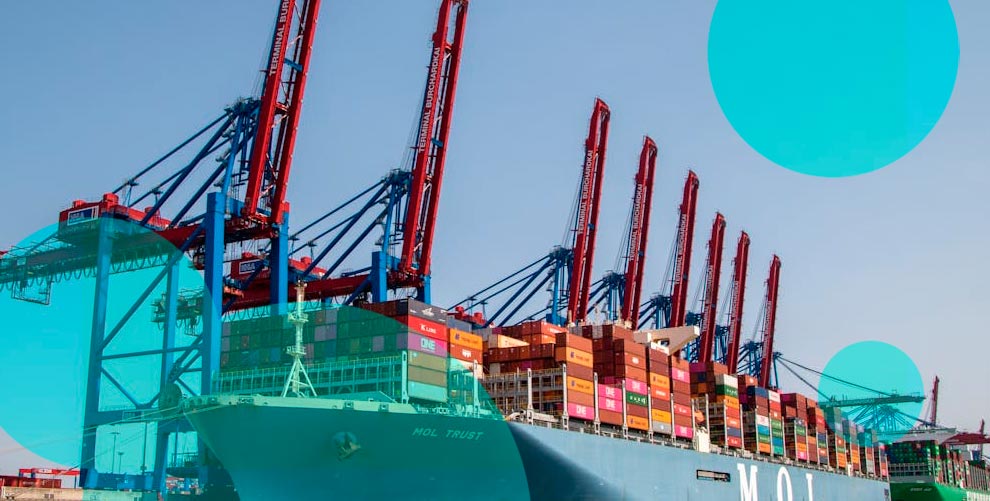The ongoing conflict in the Middle East has prompted many marine insurance underwriters to withdraw coverage for vessels with perceived links to the U.S., U.K., or Israel.
According to David Osler, insurance editor at Lloyd’s List, insurers are refusing coverage for such ships regardless of pricing.
Rates for war risk coverage have risen sharply. Marsh McLennan reports that premiums for policies still available have increased from approximately 0.125% to between 0.25% and 0.45% of vessel value, with further increases observed following U.S. military strikes on Iranian nuclear facilities.
By the start of the following week, rates had reached as high as 0.5%, with even higher premiums applied to U.S.-affiliated vessels.
Containerships and oil tankers vary significantly in value, ranging from several million dollars to over $100mn, depending on age, size, and cargo.
Given the volatility of the current environment, underwriters have reduced the required voyage notification period from 48 hours to 24 hours.
Marcus Baker, global head of marine, cargo, and logistics at Marsh McLennan, noted that such a reduction in advance notice is highly unusual.
Market conditions have been influenced by risks such as potential Iranian blockades and concerns about the role of China, a key buyer of Iranian oil.
President Trump’s social media statements suggesting tolerance for continued Chinese imports of Iranian oil created further uncertainty. Osler indicated that a Chinese pullback would reduce war risk exposure, potentially lowering rates through market correction.
However, Osler cautioned that ceasefire stability remains unclear, and insurer sentiment remains cautious. The market remains reactive, with some owners avoiding bookings in the region due to geopolitical developments. Underwriters are assessing risk on a case-by-case basis, and inquiries are reportedly down.
Baker emphasized the wider implications of a potential shutdown of the Strait of Hormuz, especially for China and India.
Regional reactions from Saudi Arabia, Qatar, and Oman would also play a role in the shipping and insurance response.
The Joint War Committee of Lloyd’s met last week and confirmed that the list of designated high-risk maritime zones remains unchanged.
According to Ambrey, a U.K. maritime security firm, there is still a realistic possibility of ongoing or renewed conflict involving Israel, Iran, and possibly the U.S. Although U.S. involvement is currently seen as less likely, the Gulf and Red Sea regions remain subject to notification requirements under broader Indian Ocean war risk protocols.
Baker provided perspective by comparing current Middle East war risk rates to those for Ukrainian waters, which peaked at 5%.
In relative terms, Middle East rates remain well below that threshold. However, the differences in underlying risk factors, cargo values, and market appetites suggest continued uncertainty in how pricing will evolve.








